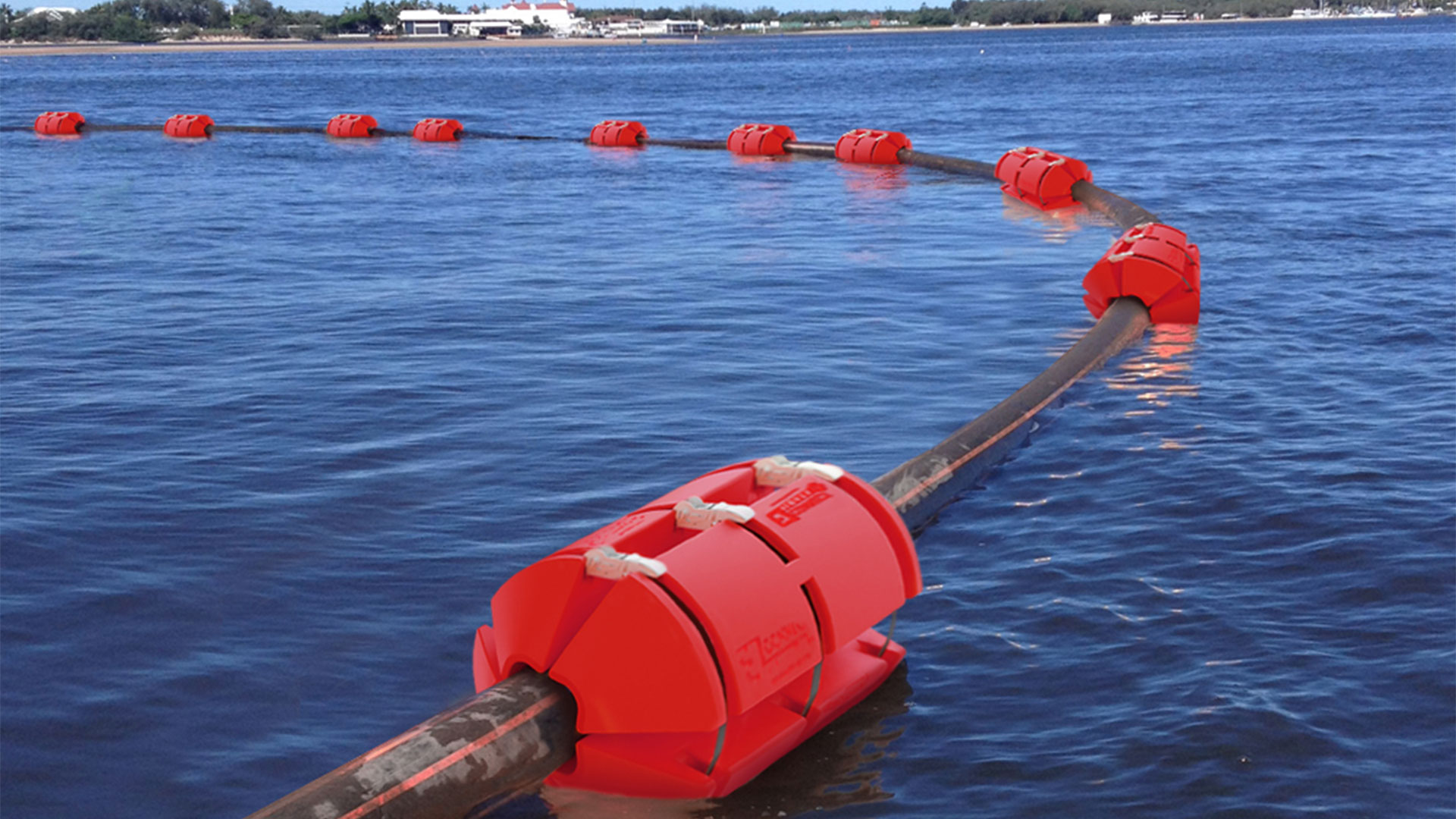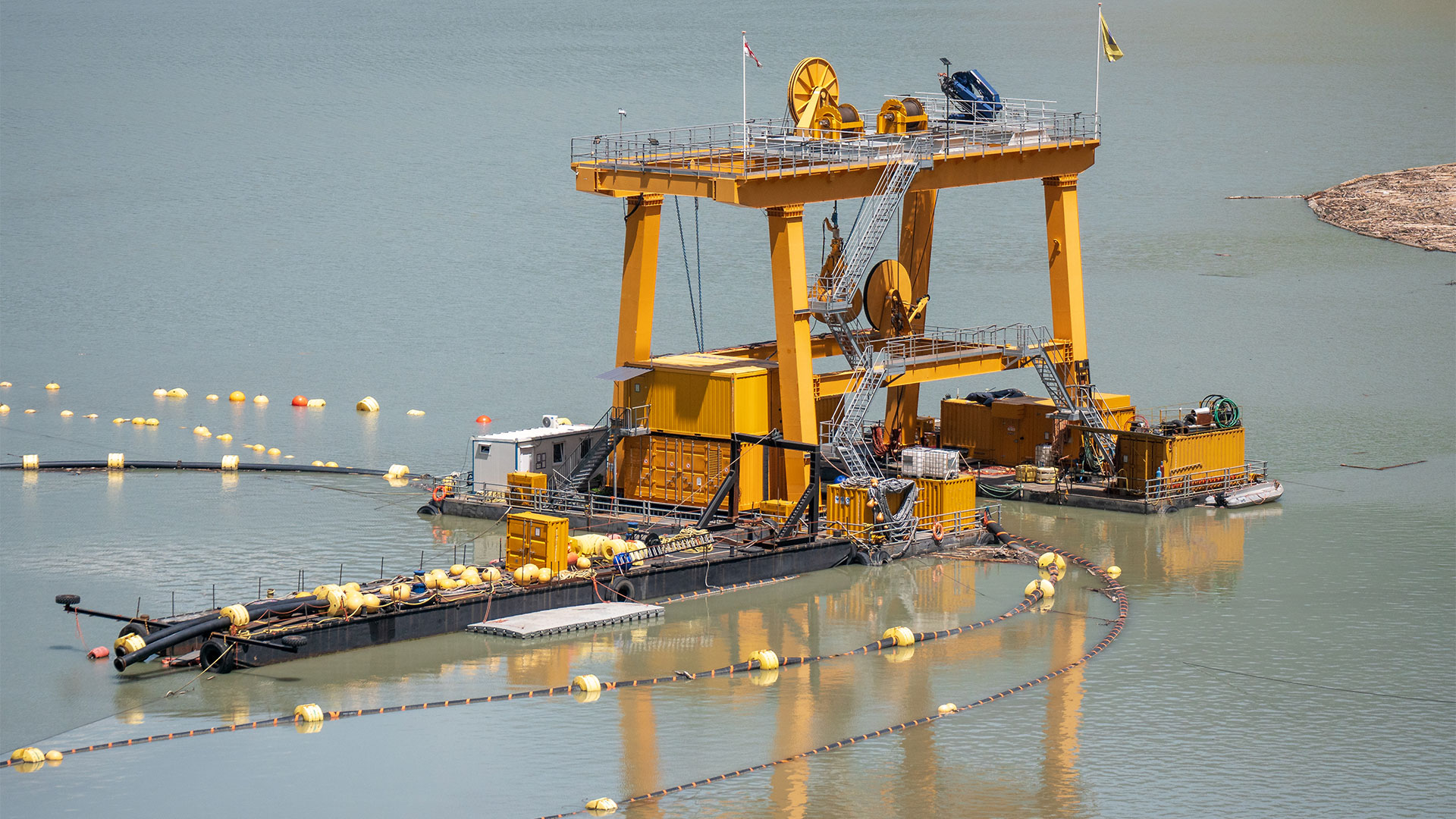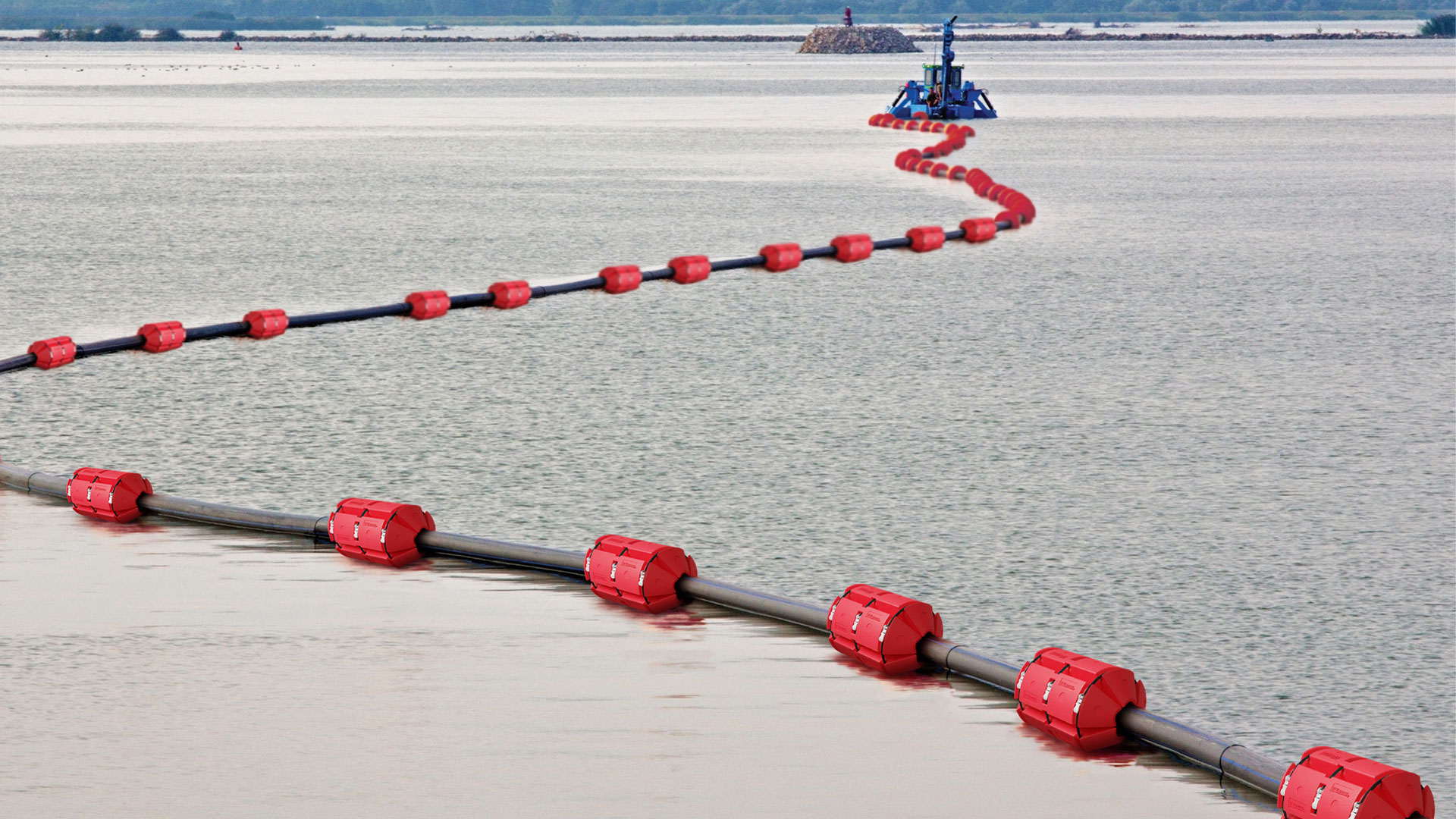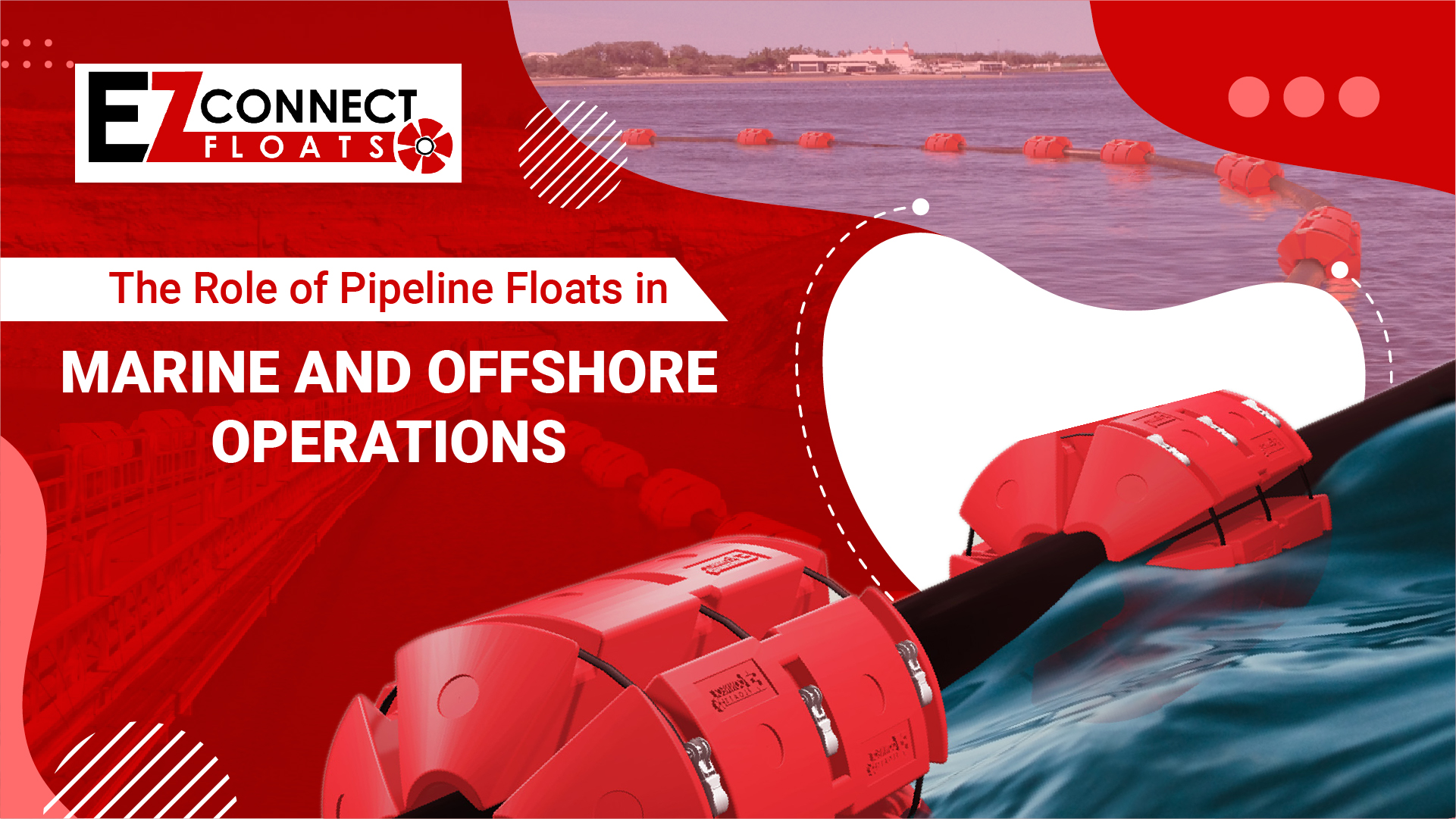
Pipeline Floats For Marine & Offshore Operations
In the challenging realms of marine and offshore operations, pipeline floats, dredge floats, and related technologies are indispensable. These specialized tools play a crucial role in maintaining the stability, efficiency, and safety of pipelines and dredging equipment, which are essential for successfully executing underwater construction and maintenance tasks. Pipeline dredges are employed to clear sediment and debris from underwater channels, ensuring the uninterrupted flow of critical resources such as water, oil, and gas. Dredge pipe floats, designed to support and stabilize the pipeline dredging system, are pivotal in preventing damage and ensuring operational reliability in complex aquatic environments. Recent technological advancements have significantly improved their performance and environmental impact. This blog explores the functions and importance of these essential components, along with the latest innovations driving their evolution and effectiveness.
Understanding Pipeline Floats, Dredge Floats, and Dredge Pipe Floats
Definition and Function
Pipeline floats, dredge floats, and dredge pipe floats are buoyant devices engineered to support and stabilize underwater pipelines and dredging equipment. Their primary function is to provide the necessary buoyancy to prevent pipelines and dredge pipes from sagging or contacting the seabed. This buoyancy is crucial because it mitigates potential damage and ensures the equipment remains operationally efficient.
- Pipeline Floats: These are typically cylindrical or ring-shaped floats designed to support pipelines along their length. They keep pipelines aligned and buoyant, preventing them from descending too low or swaying excessively.
- Dredge Floats: These floats help maintain dredgers’ correct depth and position during operation and are used to buoy dredging equipment. They are essential for ensuring the dredging process is carried out efficiently and accurately.
- Dredge Pipe Floats: These are specifically designed for dredge pipes. They prevent kinking and tangling, which can impede the dredging process and lead to equipment failure.
Materials and Design
Floats are constructed from robust materials such as high-density polyethylene (HDPE) or polyurethane foam. These materials are chosen for their resistance to seawater, UV radiation, and mechanical stress, ensuring long-term durability. The design of these floats often includes adjustable straps or clips, which allow for secure attachment to pipelines or dredge pipes, providing enhanced stability.
Importance of Floats in Marine Operations
Stability and Support
The stability of underwater pipelines and dredging equipment is paramount. Pipeline floats, dredge floats, and dredge pipe floats play a vital role in maintaining this stability. By providing buoyancy, they help keep pipelines and dredge pipes aligned, which prevents them from sagging or shifting. This alignment is crucial for preventing structural damage and ensuring the longevity of the equipment.
Preventing Damage
Marine environments subject pipelines and dredge pipes to various stresses, including ocean currents, wave action, and sediment movement. Floats help distribute these stresses more evenly, reducing the risk of damage. By preventing direct contact with the seabed, floats also minimize abrasion and wear and tear, further protecting the integrity of the equipment.
Operational Efficiency
Floats significantly enhance the efficiency of both installation and maintenance operations. During installation, they help maintain the pipeline or dredge pipe at the desired depth and alignment, facilitating smoother placement. For maintenance, floats make it easier to access and inspect equipment, which helps promptly resolve any issues and minimizes downtime.
The Role of Floats in Offshore Operations
Construction and Installation
Pipeline floats, dredge floats, and dredge pipe floats are crucial during the construction and installation of underwater pipelines and dredging equipment. They provide the necessary buoyancy to support these structures, helping to maintain proper alignment and depth throughout the installation process. This support is essential to ensure the equipment is positioned correctly and remains stable during the critical construction phases.
Operational Monitoring
After installation, these floats continue to play an important role in monitoring the condition of pipelines and dredging equipment. They help maintain the position and integrity of the equipment, which is crucial for ongoing monitoring and inspection. Regular checks facilitated by floats ensure that any issues can be detected and addressed promptly, maintaining the operational efficiency and safety of the equipment.
Safety Considerations
Floats contribute significantly to the safety of offshore operations. By preventing pipelines and dredge pipes from becoming misaligned or coming into contact with the seabed, they reduce the risk of accidents and operational failures. This not only enhances the safety of the equipment but also protects personnel working in challenging marine environments.
Innovations and Advancements
Recent Developments
The field of pipeline floats, dredge floats, and dredge pipe floats has seen notable advancements in recent years. Innovations include developing new materials and designs that enhance durability and performance. Advanced composites and improved flotation technologies are now available, which offer better buoyancy and resistance to environmental factors.
Enhanced Performance
These technological advancements lead to significant improvements in the performance of floats. Modern floats are more resistant to corrosion and UV radiation, which extends their service life and reduces the need for frequent maintenance. Enhanced buoyancy and durability translate into more reliable support for pipelines and dredging equipment, contributing to overall operational efficiency.
Future Trends
Looking ahead, the future of pipeline floats, dredge floats, and dredge pipe floats is likely to be shaped by the integration of intelligent technologies. Incorporating sensors and monitoring systems into these floats could provide real-time data on the condition and performance of pipelines and dredging equipment. Such innovations would offer greater insights into the operational status, enabling proactive maintenance and further enhancing the efficiency and safety of marine operations.
Conclusion:
Pipeline floats, dredge floats, and dredge pipe floats are integral to the success of marine and offshore operations. They provide essential stability, prevent damage, and enhance operational efficiency, making them indispensable tools in the underwater construction and maintenance landscape. With ongoing advancements in materials and technology, these floats are poised to offer even greater support and reliability in the future. Understanding and effectively utilizing these floats is crucial for ensuring the safety and success of marine and offshore operations.
Have Questions?
Get in touch with us now!
Related Blogs
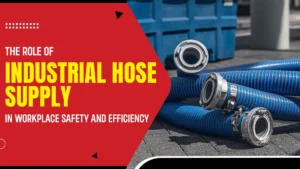
The Role of Industrial Hose Supply in Workplace Safety and Efficiency
In high-stakes industries such as oil and gas, mining, manufacturing, dredging, and defense, industrial hoses serve as vital connectors in daily operations. Whether transferring hazardous
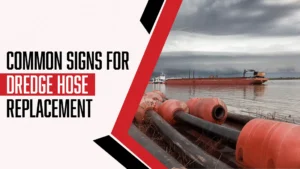
Common Signs For Dredge Hose Replacement
Dredge hose is an essential component in mining, oil and gas, and heavy industries, where it is used to transport materials such as sediment, slurry,

The Role of Automation and AI in Next-Generation Dredging Technology
Dredging technology has undergone a quiet but powerful transformation over the past decade. A purely mechanical process, which included heavy machinery, manual supervision, and reactive

